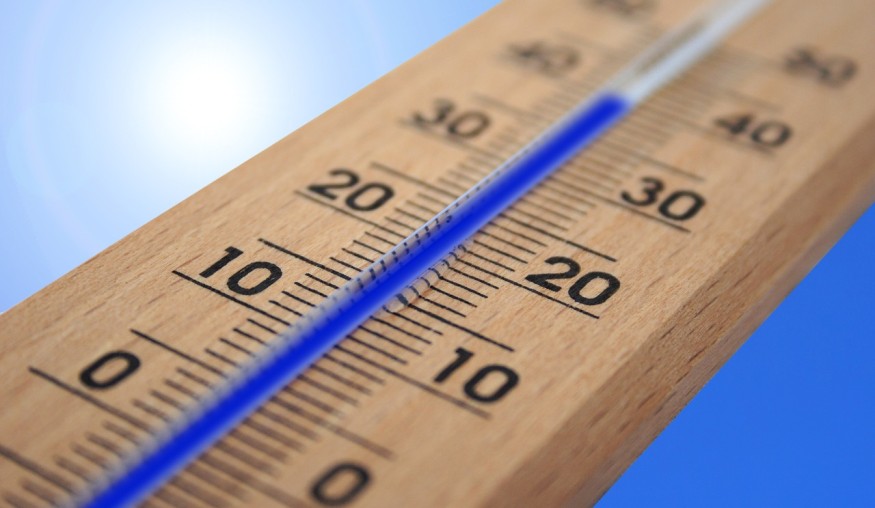According to recent research that might affect how markets price carbon pollution, a population comparable to Germany - 83 million people - could be dead by 2100 due to rising temperatures induced by greenhouse-gas emissions.
The Earth Institute at Columbia University has developed a new measure to assist businesses and governments in assessing the costs of climate change this century.
By substantially increasing the cost of emissions, accounting for the "mortality cost of carbon" might provide polluters additional incentive to clean up.

"This shows you how many lives will be lost or saved based on the decisions taken by people, corporations, or governments," said Daniel Bressler of Columbia University, whose study was published Thursday in the journal Nature Communications.
Moreover, by bringing questions to a "more personal, accessible level," it "quantifies the mortality effect of those decisions."
Assessing Direct Heat Fatalities

Bressler computed the number of direct heat fatalities that will be caused by current global warming trajectories using models created by Yale climate economist and Nobel Prize winner William Nordhaus.
However, his figures do not account for the number of people who may perish due to rising oceans, superstorms, agricultural failures, or altered disease patterns as a result of climate change.
That means the anticipated deaths - which roughly correspond to the number of people murdered in WWII - might still be a "huge underestimate," according to Bressler.
According to peer-reviewed projections, every 4,434 tons of carbon released into the Earth's atmosphere in 2020 will kill one person this century, with the world rising 4.1 degrees Celsius by 2100.
In comparison to pre-industrial times, the Earth has warmed by roughly 1.1 degrees Celsius.
Average American Emission

The amount of pollution released by three ordinary Americans throughout their lives is projected to lead to the death of another person.
According to Bressler, the largest death rates are predicted in Africa, the Middle East, and South Asia, the world's warmest and poorest regions.

The new gauge may have a big impact on how nations compute the so-called social cost of carbon, which was established at $51 per ton by US President Joe Biden's administration in February.
This pollution pricing, which works in tandem with carbon markets like the European Union's Emissions Trading System, aids policymakers in accounting for future harms.
However, the magnitude shown by Bressler's research implies that if the world's economies wish to minimize fatalities caused by global warming, the social cost of carbon should be much higher, at around $258 per ton.
Adjusting Carbon Prices

A larger price on carbon pollution might result in immediate reductions in emissions, which could save lives. Compared to modest emissions reductions that would warm the globe to 3.4C, limiting global average temperature rise to 2.4C by the end of the century may save 74 million people from dying from the heat.
According to Bressler, people should not take their per-person mortality emissions too seriously. Instead, governments must implement "large-scale policies including carbon pricing, cap and trade, and investments in low-carbon technology and energy storage," according to the report.
For more environmental news, don't forget to follow Nature World News!
© 2026 NatureWorldNews.com All rights reserved. Do not reproduce without permission.





